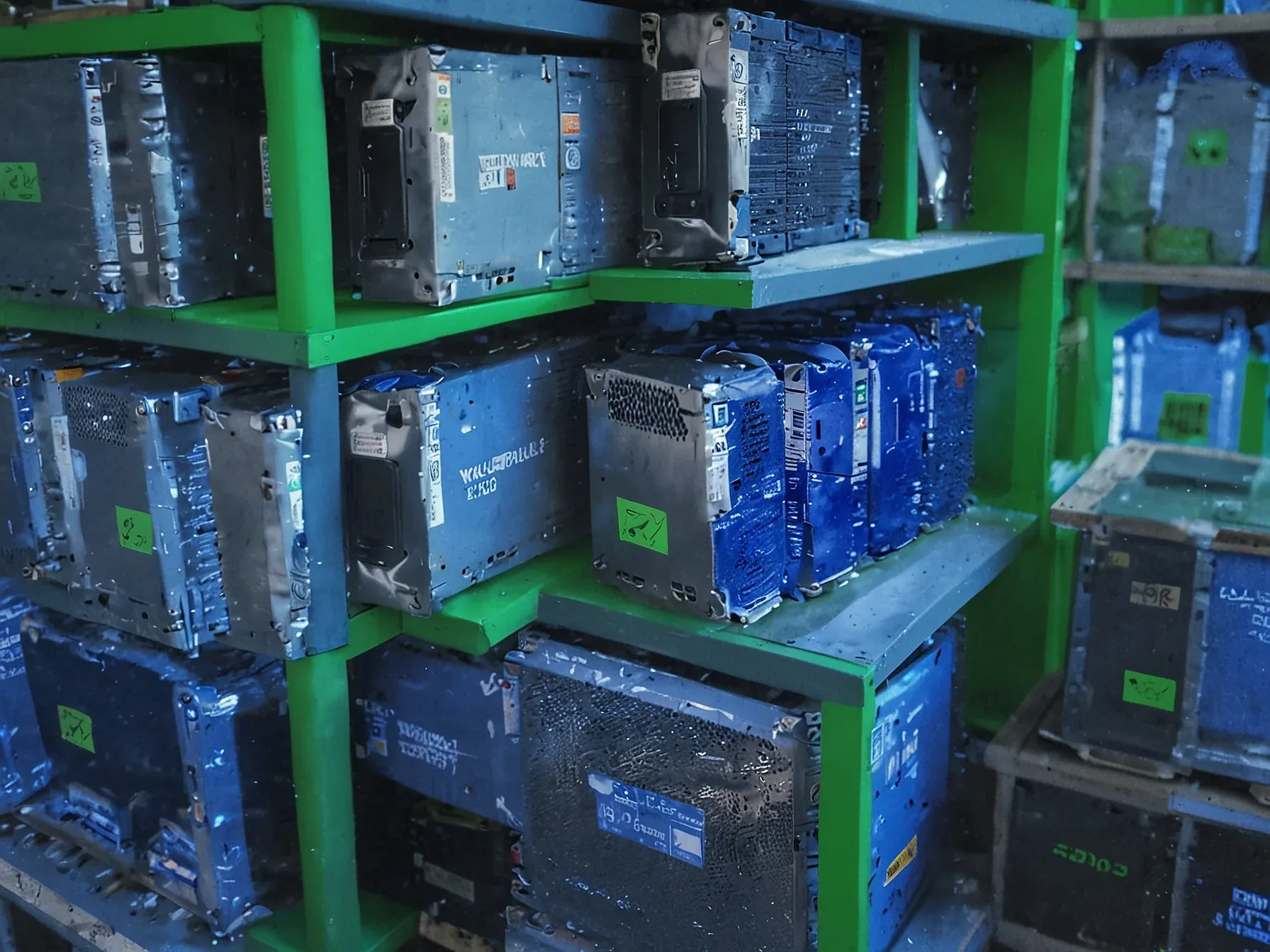
Das says affordable compute and national datasets will cut BFSI cycles to weeks
Banks and insurers have long wrestled with slow, costly development pipelines. A product team can spend months—sometimes years—tuning risk models, testing compliance checks, and integrating new data sources. In many firms, the bottleneck isn’t talent; it’s the infrastructure that underpins every experiment.
When compute resources are pricey and datasets fragmented across silos, even a modest change can stall an entire rollout. That reality has pushed regulators and industry groups to champion shared, national‑scale data repositories and cloud‑grade processing power that anyone can tap. The promise is simple: give teams the tools to iterate faster, without waiting for budget approvals or custom hardware builds.
If the underlying engines become cheap enough, the only thing left to limit a bank’s product manager is imagination. The stakes are high—shorter cycles could reshape how risk is priced, how fraud is detected, and how new services reach customers.
According to Das, this is "transformational for unlocking innovation." He noted that affordable compute and national datasets will "shrink the development cycles from quarters and years to weeks," adding that a product manager in a bank is limited only by their imagination. It means that risk modell
According to Das, this is "transformational for unlocking innovation." He noted that affordable compute and national datasets will "shrink the development cycles from quarters and years to weeks," adding that a product manager in a bank is limited only by their imagination. It means that risk modelling teams no longer need multi-million-dollar budgets or external vendors to train production-grade models; they simply need a hypothesis and access credentials. MeitY's guidelines require that the speed of innovation be coupled with model governance.
As Das emphasises, these tools will enable "vernacular innovation at scale," context-aware fraud systems, and "continuous behavioural modelling and intervention," but always within auditable frameworks. Reducing Risk and Institutionalising Accountability With 3,000+ datasets and a curated pool of pre-trained models specifically designed for enterprise adoption, AIKosh reconfigures the relationship between BFSI and AI vendors. Das explains the value succinctly: AIKosh "shifts control back to financial institutions by providing curated, audit-ready datasets and models." Instead of "blindly trusting vendor-built black boxes," banks can validate lineage, assumptions, and performance benchmarks.
Will the promise hold? The new India AI Governance Guidelines, issued by MeitY under the IndiaAI Mission, aim to embed ethical standards into financial‑tech development. Coupled with a planetary‑scale digital public infrastructure, they seek to reshape underwriting, fraud prevention, lending and customer intelligence.
Das calls this shift transformational for unlocking innovation, noting that affordable compute and national datasets could shrink development cycles from quarters and years to weeks. A product manager in a bank, he says, is then limited only by imagination. Yet it's unclear how quickly banks will adopt; they must still integrate legacy systems and navigate regulatory approvals.
The framework promises faster iteration, but whether the required compute resources will stay affordable across the sector is unclear. Likewise, the breadth and quality of national datasets have yet to be fully demonstrated. In practice, the balance between rapid prototyping and robust risk modelling will determine if the envisioned acceleration translates into tangible financial services improvements.
Further Reading
- Papers with Code - Latest NLP Research - Papers with Code
- Hugging Face Daily Papers - Hugging Face
- ArXiv CS.CL (Computation and Language) - ArXiv
Common Questions Answered
How does Das claim affordable compute will affect BFSI development cycles?
Das states that affordable compute, combined with national datasets, will shrink BFSI development cycles from quarters or even years down to just weeks. This acceleration allows product managers to iterate rapidly, limited only by their imagination rather than budget constraints.
What role do national datasets play in transforming risk modelling for banks and insurers?
National datasets provide a unified, high‑quality data source that eliminates fragmented silos, enabling risk modelling teams to train production‑grade models without multi‑million‑dollar budgets or external vendors. Access to these datasets speeds up hypothesis testing and compliance checks, driving faster innovation.
What are the key objectives of the new India AI Governance Guidelines issued by MeitY?
The India AI Governance Guidelines aim to embed ethical standards into fintech development, ensuring responsible AI use in underwriting, fraud prevention, lending, and customer intelligence. Issued under the IndiaAI Mission, they also support the creation of a planetary‑scale digital public infrastructure to foster innovation.
According to the article, how will the combination of affordable compute and MeitY’s guidelines reshape product development in the financial sector?
Together, affordable compute lowers cost barriers while MeitY’s guidelines provide a regulatory framework for ethical AI, allowing product teams to quickly develop and deploy models. This synergy is expected to transform underwriting, fraud detection, and lending processes, reducing time‑to‑market dramatically.




